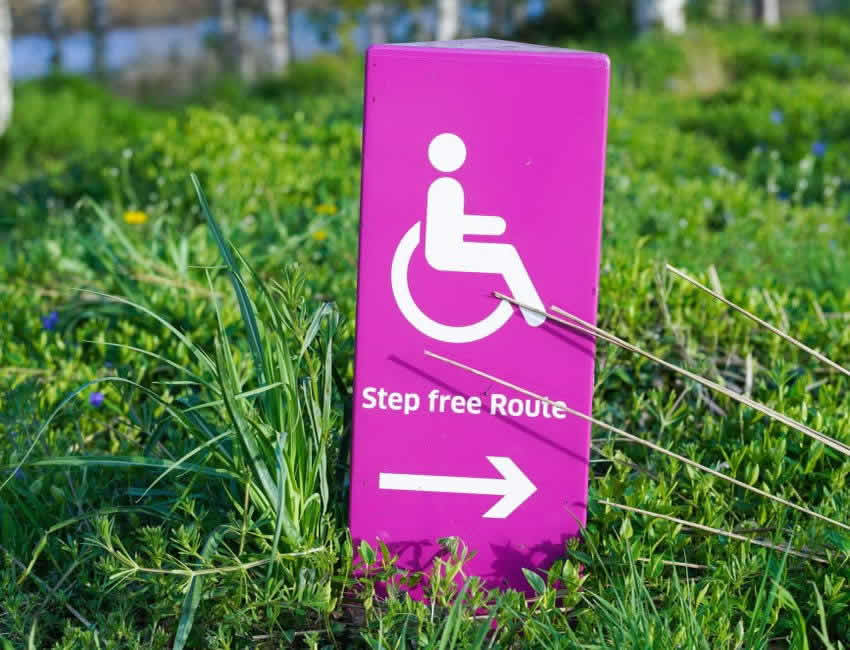Some time ago we posted an article on the important news contained in the new Medical Device Regulation MDR 745/2017, which determines the repeal of the 93/42/EEC Directive and that will definitively come into force on 26 May 2020, after a transition period.
Among its many new aspects, the new regulation introduces specific obligations and responsibilities for the various players involved in the distribution chain of medical devices.
The distribution chain of medical devices
In particular, in addition to manufacturers, both importers and distributors are also called into play by the legislation which now makes them subject to the obligation of verifying compliance with legislation.
The regulation therefore involves the entire distribution chain of medical devices in product verification responsibilities, in order to maximise the protection of end users.
Dealers, such as medical, orthopaedic or other supply shops are required to adopt new and more precise choice criteria, paying particular attention to regulatory compliance.
Other criteria regarding attention and verification are also to be applied in the selection of all those devices which are powered via an internal or external electrical source, and which, precisely for this reason, are identified as electro-medical devices.
In this regard, there are, in fact, specific regulations aimed at protecting the health and safety of patients and of operators whose task it may be to use such devices.
In case of electrical beds
In the case, for example, of electrical beds or battery-powered lifting systems, in addition to the Self-declaration of Conformity required for the Risk I Class devices, it is appropriate to refer to the EN 60601 standards regarding the safety of electro-medical devices.
For electric beds there are specific product standards, which refer to the EN 60601-2-52 standard and that are supplementary to the main standard concerning the safety of electro-medical devices: The EN 60601-1 standard.
Another important standard worth mentioning is the EN 60601-1-2 that assists in checking for electromagnetic disturbances. Sudden bed movements that are activated independently and infusion pumps that change the dosage of medication for a patient, are just a couple of examples of what might happen if an electro-medical device is used without undergoing a verification process in accordance with the reference standard.
Declaration of conformity, manual and product label
That is why it is absolutely essential, when purchasing an electro-medical device, to verify the correct electrical conformity of a product which, by its nature, has some inherent risks in relation to its operation.
The 60601 series of standards should, therefore, always be cited in the declaration of conformity and in the manual and, if there remain any doubts in this regard, it is always advisable to ask for clear evidence by requesting the electrical test report from the manufacturer.
One must also pay careful attention to the product label. The label must always include the electrical safety class, in addition to other symbols stating its conformity.
In brief, with the introduction of the new MDR, distributors are required to be direct guarantors of the safety of the products on offer. A role which implies a complex and precise verification process and that, in the case of electro-medical devices, is extended to electrical standards; this makes the selection process even more delicate and important.










